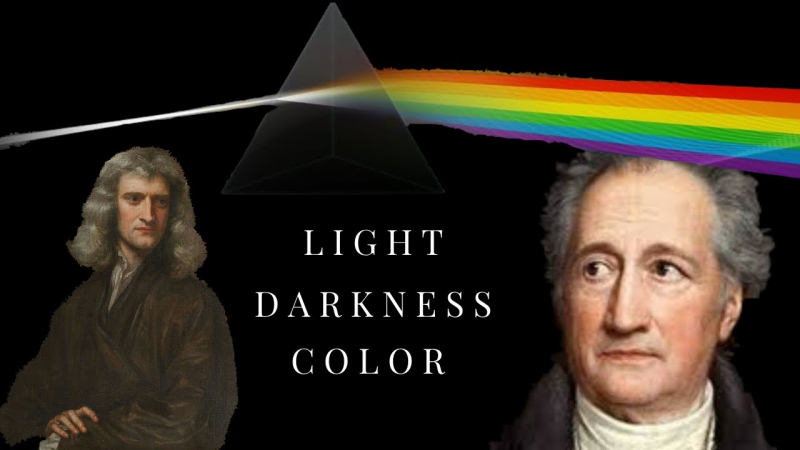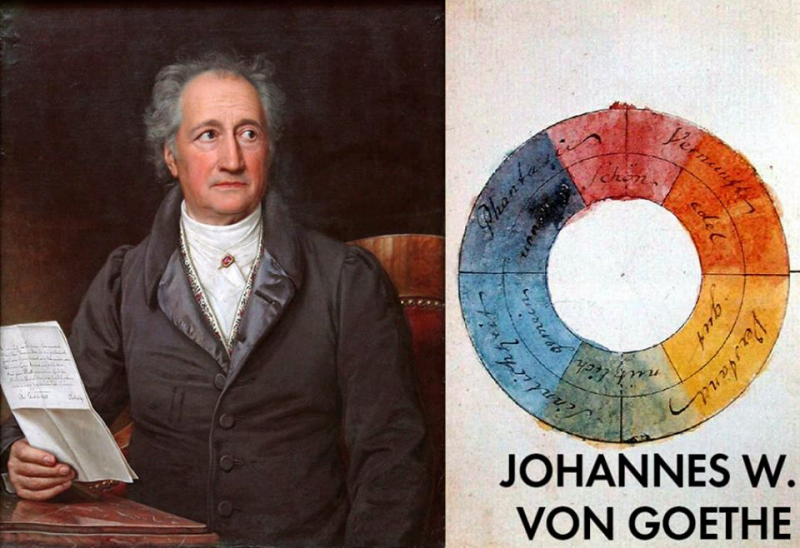Goethe was a scientist
You will be surprised that he was a scientist, one of the interesting facts about Johann Wolfgang von Goethe. Goethe is without a doubt the most well-known poet and author in Germany. But he also demonstrated a strong interest in science. It's interesting to note that Goethe's primary research focus was on the evolution and interactions between color and plant shape.
Although his idea of metamorphosis was of the ongoing alteration of objects and organisms and is unrelated to modern ideas of "transformation" or the transmutation of species, his emphasis on morphology and what would later be called homology had an impact on 19th-century naturalists. Goethe independently discovered man as a result of his investigations. The interparietal bone, commonly known as "Goethe's bone," was discovered in 1784 and was first discovered by Broussonet (1779) and Vicq d'Azyr (1780). Goethe, who thinks ancient anatomists were aware of the bone, was the first to show its existence in all mammals, while not being the only person of his day to challenge the prevailing belief that this bone did not exist in humans. The elephant's skull, which eventually earned the nickname "Goethe Elephant," still survives and is on exhibit at the Ottoneum in Kassel, Germany.
It is reported that he possessed an enormous collection of minerals during his lifetime that he had gathered from far-off places all over the world. In addition to the above-mentioned Plant Metamorphosis, he also penned The Theory of Color in 1810.









